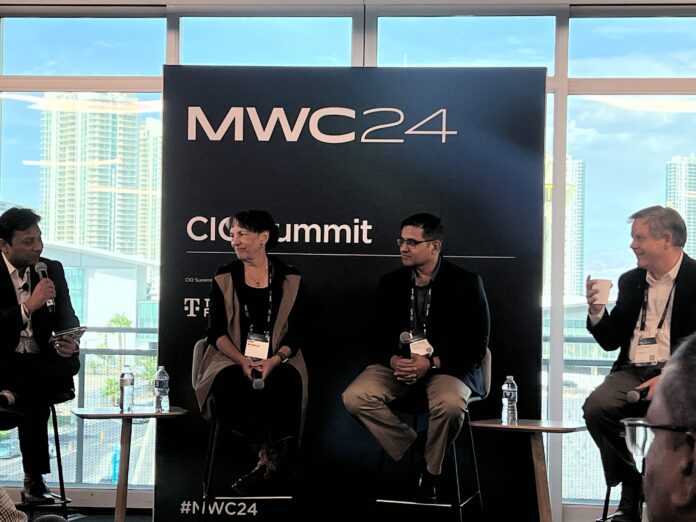Nevada System of Higher Education is exploring private cellular to connect remote environmental sensors used in a range of research initiatives
LAS VEGAS—Ahead of the kick-off of Mobile World Congress Las Vegas, T-Mobile US sponsored a CIO Summit that brought together a range of enterprise decision-makers to take stock of the operational challenges they’re facing and how the telecoms industry can help. During a panel discussion hosted at the Boingo Innovation Center, Anne Milkovich, CIO of Nevada System of Higher Education (NSHE), discussed the need to pull data off of remote and difficult-to-access sensors and transmit it to various research groups.
She described the NSHE’s push to connect the internet of wild things—the collection of sensors in “the wild areas of Nevada” used to inform atmospheric research, earth sciences, fire management, seismology, wildlife management and other focus areas.
Reflecting on the arc of enterprise networking, Milkovich said, “The mantra has always been, in terms of network and data transfer, more, better, faster, cheaper…So most of the infrastructure and those decisions and planning about it has been about how to build out more.” She said NSHE has stayed ahead of demand by operating their own backbone and using Internet 2, a networked platform developed and used by a consortium of U.S. research institutions.
But now, Milkovich said, NSHE is trying to take endpoints into the wild. “That’s a different conversation—how do we collect data from the top of the mountain, from a remote desert…and do that better, faster, cheaper as well…We’ve got these sensors literally on top of a mount and you can’t even drive to get there…How do we get that data back to the labs.”
The answer there is exactly what you’d expect. Either people hike to the remote locations and swap out hard drives and physically move the stored data to where it needs to go. Alternatively, some sites use line-of-site microwave hops to transmit data. “We’re trying to find better solutions for that…It’s not that the thinking has changed so much as the environment has changed. The thinking is still more, better, faster, cheaper, but now we’re talking about mountains and satellite dishes and ships and oceans…It’s more that the infrastructure is stretching out into the field than we’re changing our thinking about it.”
Milkovich said is planning on using private cellular, but didn’t go into further detail.
She discussed the misalignment between available budget to invest in technology-enabled research and the demand for that technology; regardless of budget, she said, there’s always demand for more than can be delivered. But, despite that, Milkovich said NSHE will figure out how to support the goals of field research. “We support research. Research needs this. We find out how to deliver it.”

